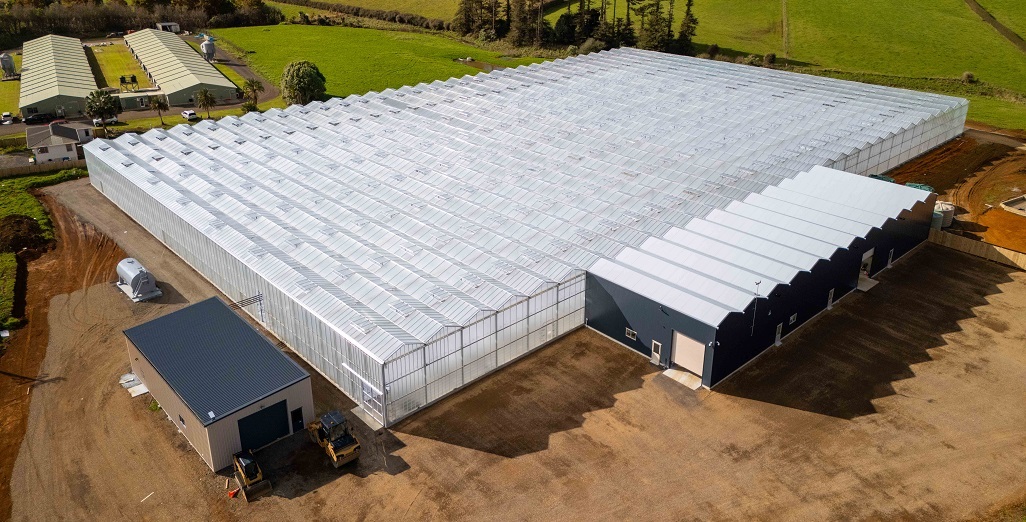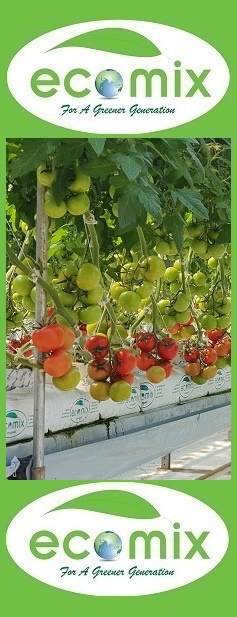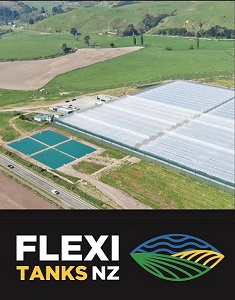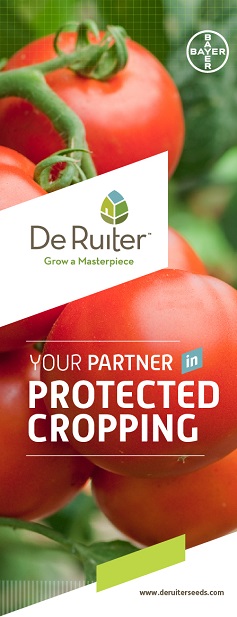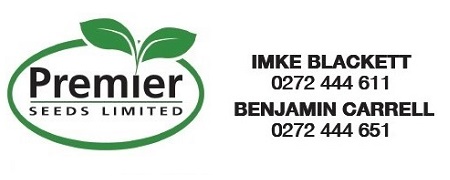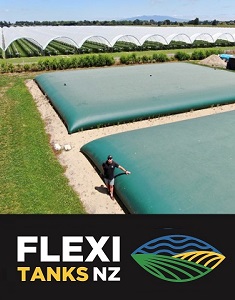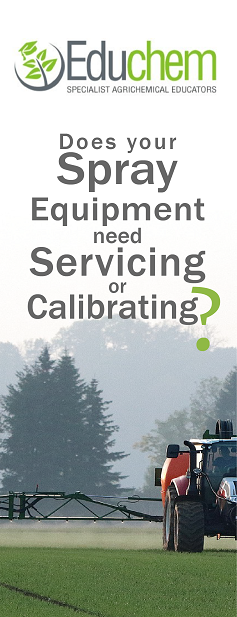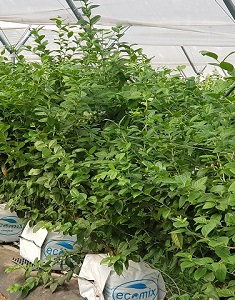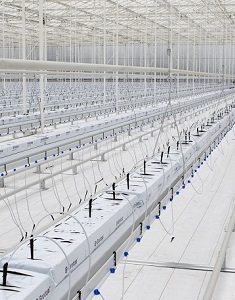Sign up here to subscribe to the Grower2grower Ezine. Every two weeks you will receive new articles, specific to the protected cropping industry, informing you of industry news and events straight to your inbox.
Nov 2019
Whitefly is back, back again
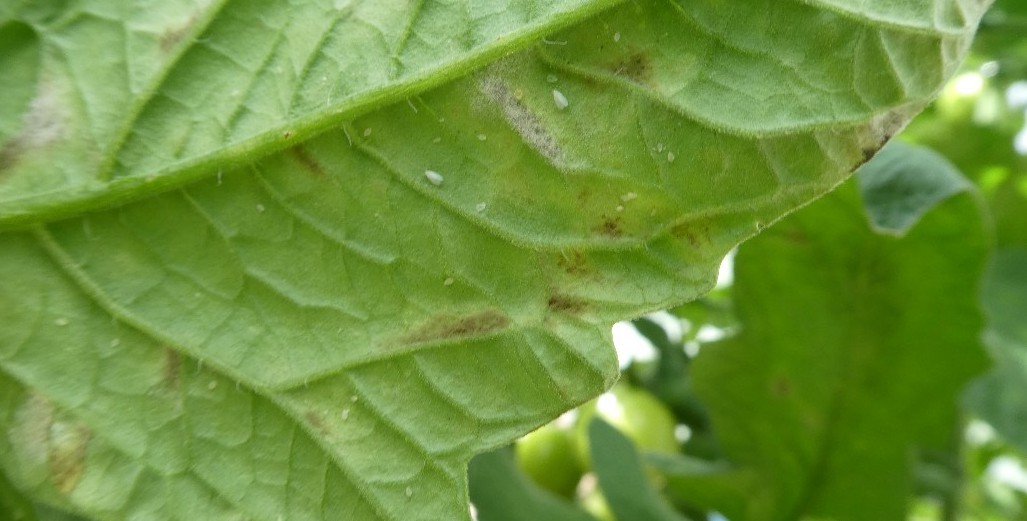
Industry weary of early season high numbers
At a recent meeting I attended, and from visits to growers I advise of late, it is apparent that we are all singing from the same song sheet. Like the lyrics to the song ‘guess who’s back, back again’ well now whitefly is back, back again! It was always going to present us with a problem this summer but due to the mild start to winter and the reduction in frosts, enemy number one is already starting to bite.
This brings me back to a conversation I had with a colleague a few months ago, that our number one nemesis for the last 30 years is whitefly. Collectively we are not any closer to successfully managing this problem, or being at a point to supress whitefly enough that we can effectively grow without millions of tiny insects flying into our greenhouse. It was pointed out we don’t need to eradicate whitefly (although that would be nice), but to have a balance in nature that supresses their external numbers. Having beneficial or biological products, to control greenhouse populations, to an acceptable level thereafter, which do not threaten crop productivity and cost business profitability, would be ideal.
The big issue, I am experiencing, is the lack of products available to advise growers to use for effective long-term control, which is a frustrating position to be in.
Tomato Potato Psyllid has been a real distraction for growers for over ten years and because of the lack of biological control growers for TPP, we, growers including myself, have had to use products that also control whitefly. Resistance to these products has increased and the effectiveness seems to have reduced. We have available biological/organic products, such as oils and soaps, but continued use of these products damages leaf, reduces transpiration and optimum plant function, so these are sustainable to apply but unsustainable for maintaining minimum production requirements. The use of insect screens is a potential possibility for the future. The capital investment is one thing but the extra cost to control the temperature and humidity of these environments is another, impact that would need to be factored. If solutions to sustain whitefly numbers are not forthcoming growers will survive but not thrive. It is not doom and gloom I believe growers, without any assistance, will still continue to grow but their ability to increase profit margins and invest into new capital will be limited.
I am envious of the advantages other countries have with beneficial insects which we are not allowed in NZ. I hope one day someone helps obtain a sustainable option to reduce the need for spraying our crops, causing irreversible plant damage directly relating to a reduction of production. It will be good for our children if we spray less organic and chemical compounds. It can only be good for our environment to grow as much food here in NZ and save on importing food to reduce the carbon foot print or food mileage (so let’s work together!)
For now, the message to growers is to use soft products as much as they can and not let the whitefly numbers become too high before doing so. TPP may or may not be a problem this season, but you will need an ace up your sleeve if it is. Next issue I will be talking with a spraying expert who will be giving advice on best practice for targeted and accurate application.
This is how it starts and if you are at this stage now with an immature crop watch out! And yes, there is leaf mould on this leaf as well, it has been a tricky time for growers to manage.
I appreciate your comments. Please feel free to comment on the grower2grower Facebook page:
https://www.facebook.com/StefanGrower2grower/
Article Written by Stefan Vogrincic, Consultant, Grower2Grower
Article Edited by Marie Vogrincic, Editor, Grower2Grower
CLASSIFIED
Subscribe to our E-Zine
More
From This Category
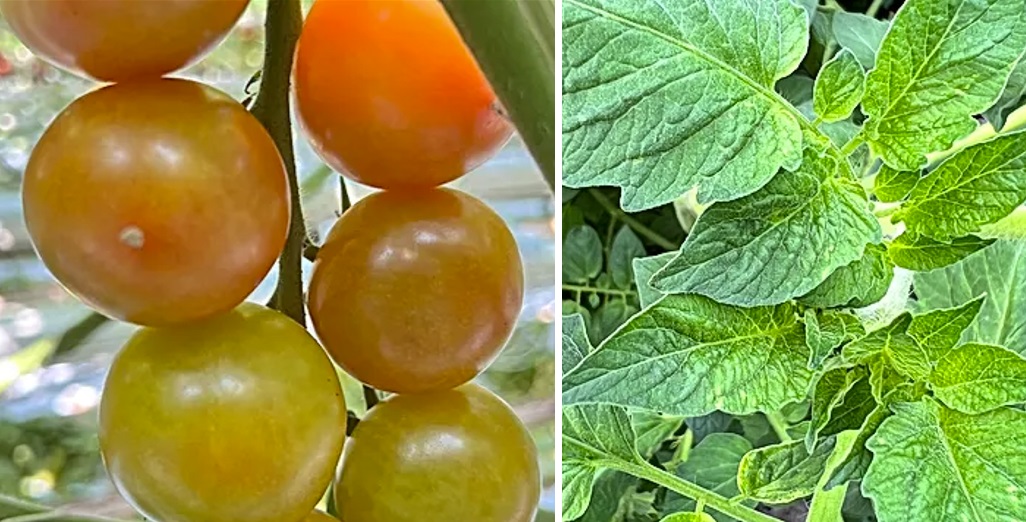
Tomato grower applies Tobre after contamination
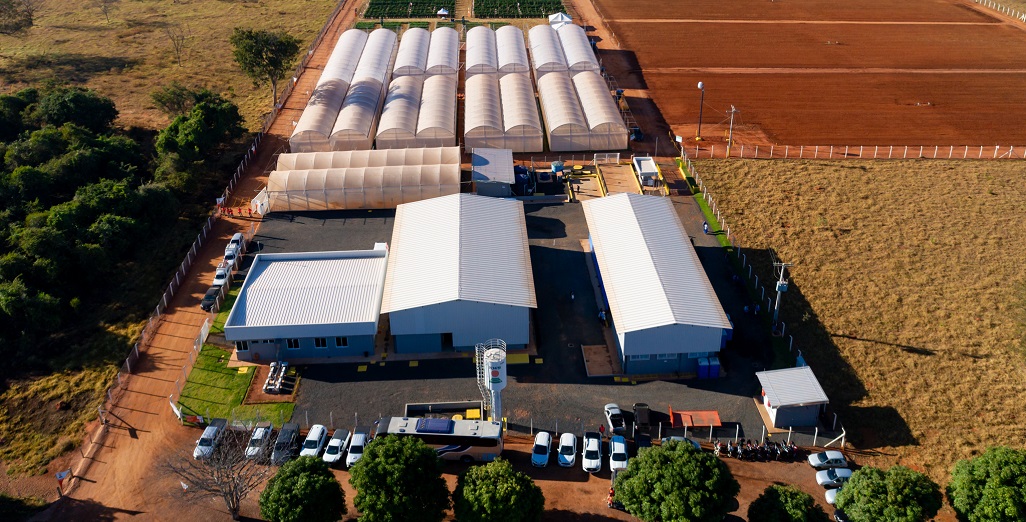
KWS inaugurates new R&D facility in Uberlândia, Brazil

John van Santen joins the management of Metazet
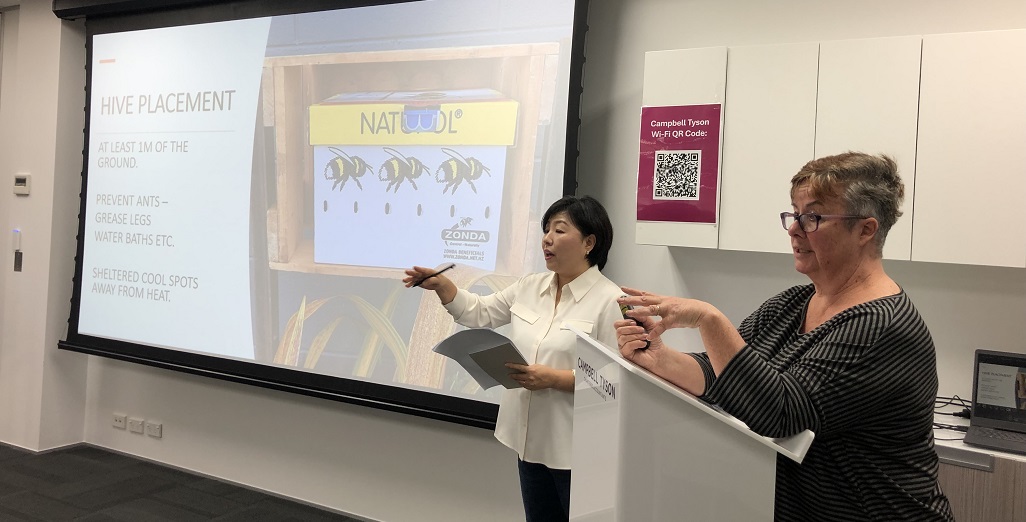
Workshop for Auckland’s Korean tomato growers held last week

Could the Global Boom in Greenhouses Help Cool the Planet?
